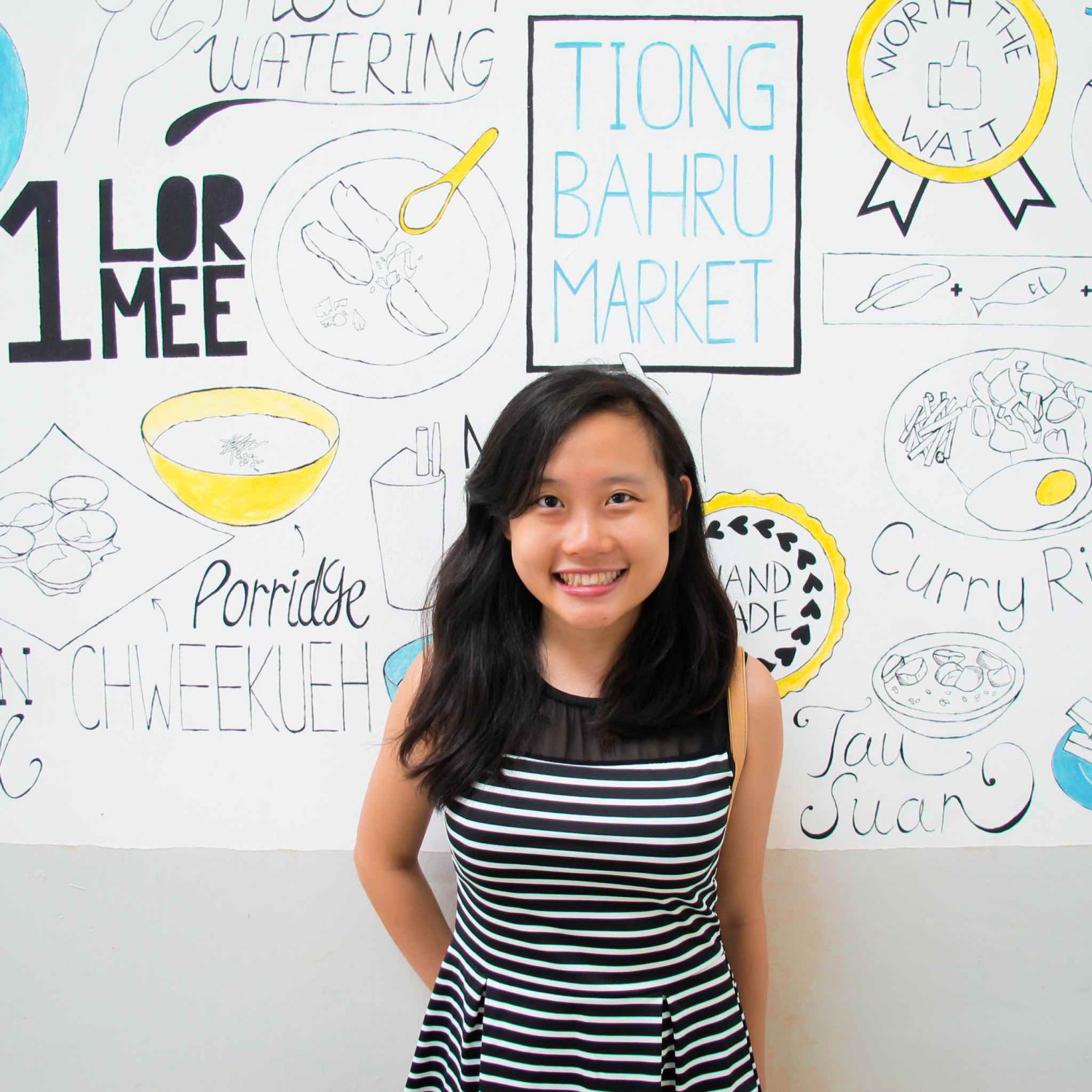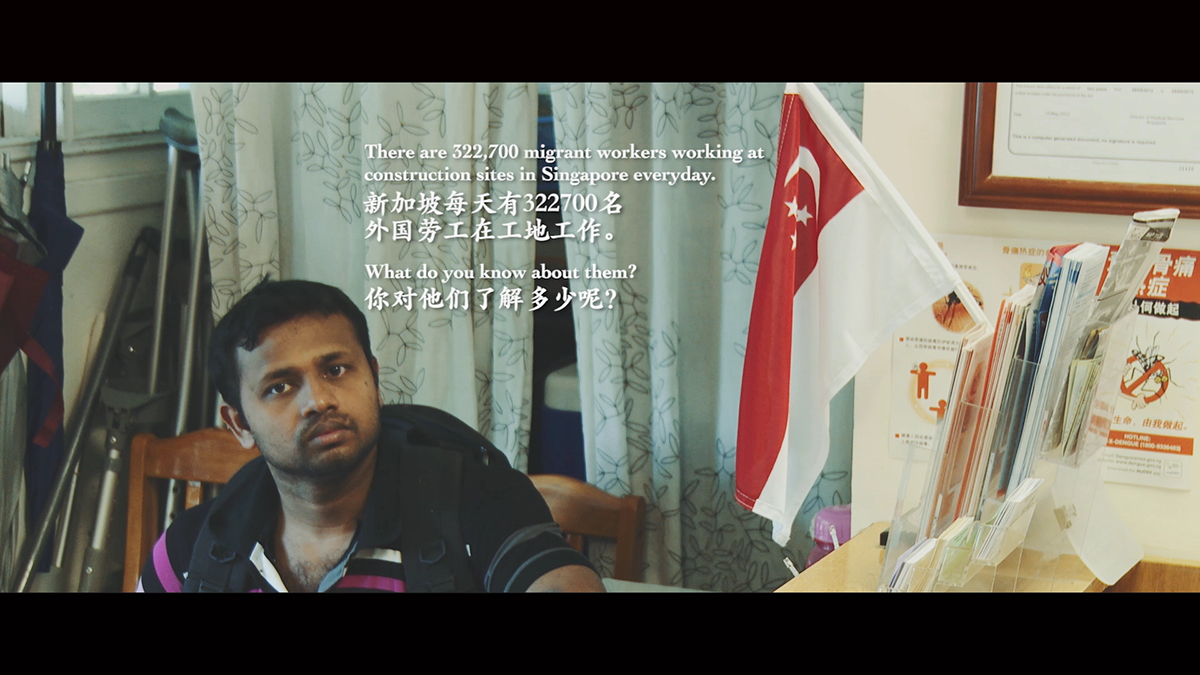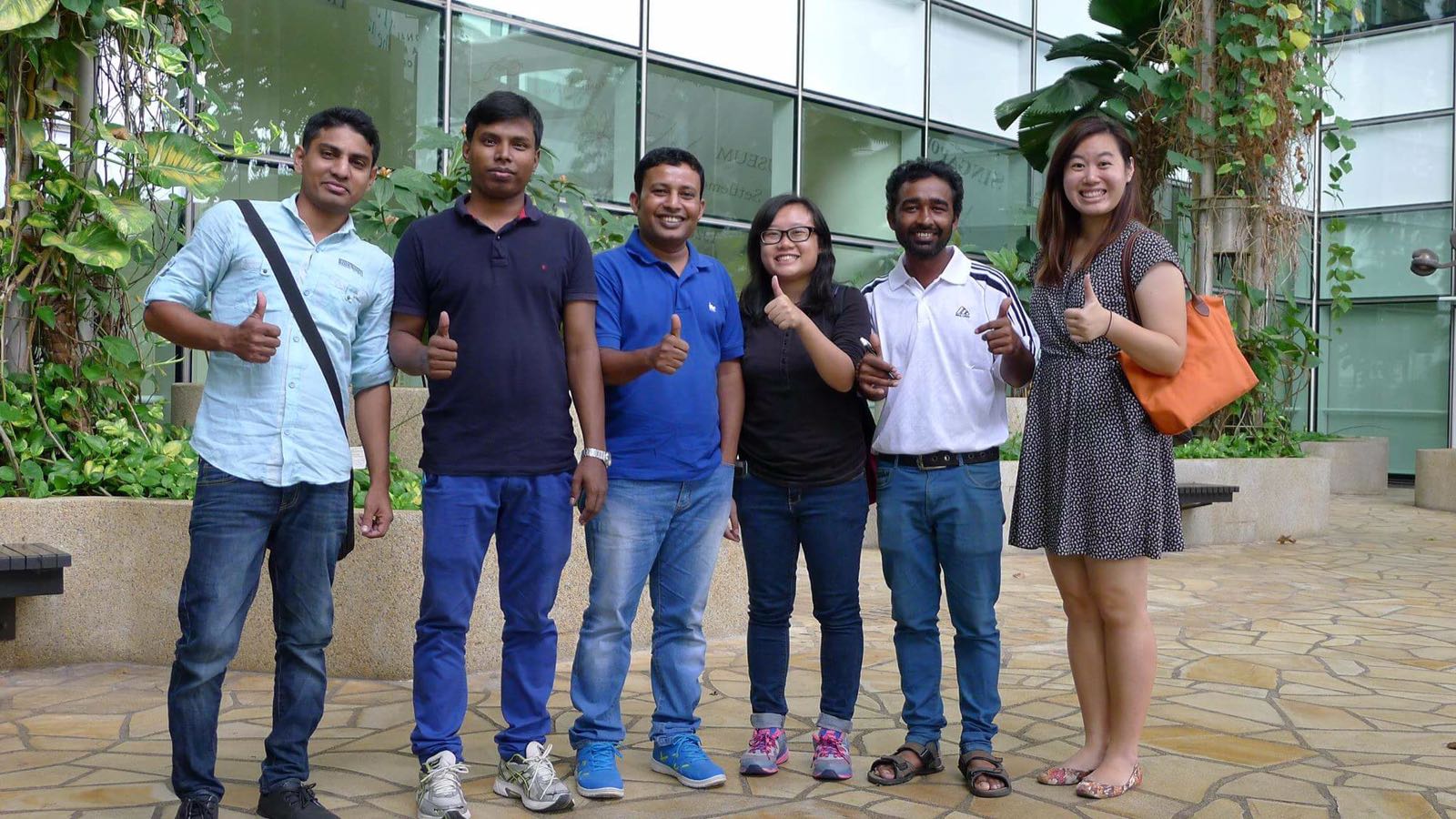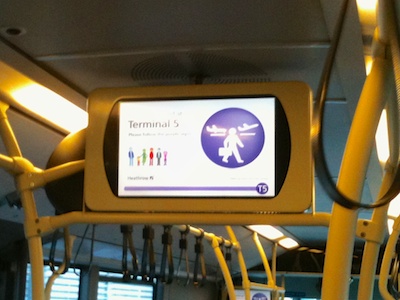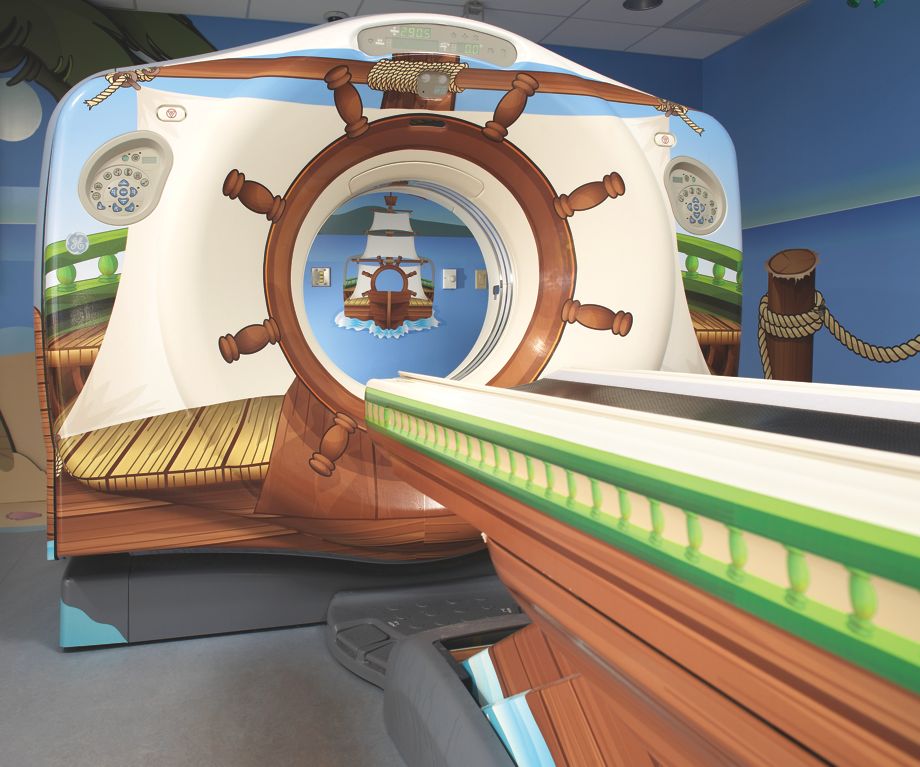A. Field Trip
Location: Vivo City
Movie time: 21 Oct 16 9:30 PM; Interview time: 22 Oct 16 2 PM
Movie: Miss Peregrine’s Home for Peculiar Children
B. Interview #3
All interview is available @
Participant: Male, 24. Software Engineer.
- When is your most recently watched movie? Which movie?
Miss Peregrine, yesterday at VIVO Golden Village. - Do you have any cinema preference and why?
No. As long as it is nearby to my previous activity, it’s OK. - What are the factors that you think are important for a cinema?
Regarding the ticketing, those movies that can be booked online is better, but it depends on the price. If it is cheaper, then I will book online. If it is easier and cheaper to book on site, then I will book on site.
Regarding the size of the cinema, I prefer the huge one because if you pick the seat at the centre, it will be not too close to the screen. Because small cinema, sometimes the impression is, the screen is too big. - What do you usually do after watching a movie?
Stand up, walk to the exit, and go toilet, and go home or do next activities. - Do you stay back for after credits?
For some, yes. Depends. If the credits is interesting, then I will stay back for a while, but most of the time, no.
How do you define interesting?
Those movies that have end credits which have animation inside and is not just black and white text on the screen. Some movies that I know have post credit movie, I will stay back. - How do you feel (emotionally and physically) after watching a movie?
Emotional: Depends on the movie. If the movie is good, I will be emotionally happy. If the movie is bad, I will criticize the movie.
Physical (do you feel tired or cold?): Depends on the cinema itself. Depends on the seats. For the temperature, I am usually ready to bring a jacket in case it’s too cold.
7. How do you feel about the exit hall post movie?
Some cinemas have movie posters, some cinemas have nothing, just a hallway, and there is no special things there. For the lighting, some of the cinemas, which is good, they have warm lighting. But some other cinemas have normal plain lighting.
Is it disturbing to exit to a bright lighted place from a dark room?
The brightness of the exit way is OK because after watching the movie, they will put the lights on again in the theatre itself, so your eyes will adjust.
Do you feel that movie posters are visually pleasing for you in the exit hall?
Not really interesting because in the entrance, you are also looking at the same thing.
8. Have you ever gotten into a situation that you have to catch last public transport after a movie? How did you feel about it?
Yes. I chose the movie timing and I surely know roughly what time it ended, so I already know the consequence.
9. If you can change something about the exit hall, what would you like to change?
If I can change something, the exit door is only one door so I can immediately go back to the mall or the entrance of the cinema. So I don’t need to walk quite far because currently the practice is that they put the long hallway circling around the theatre or just to go to a different point of exit at the mall. They design it like that. So if I can change something, one exit door, you open the door, and immediately is the entrance of the theatre or within the theatre itself.
Why do you think exiting at the theatre is good?
In case you have another movie to catch. Some people do movie marathon. If the exit is very far, then they need to literally marathon physically to the cinema.
10What do you usually do in the exit hall?
Walking. Sometimes I will check my message. If I have friends to go along with, I will talk to them about the movie.
What do you think of the signage in the exit hall? Is it sufficient? How do you usually find your way to go out of the exit hall?
There is only one way. First, normally, I will just follow the crowd. Secondly, the signage is very clear. Jus exit that way, and there is only one way.
11. How do you feel about the following ideas to improve the exit hall?
a. Navigation to be displayed on walls
For that idea, I don’t agree because basically, like I said before, the better exit way is you don’t need to walk very far and just go back to the lobby of the movie theatre.
b. After credits / new movie trailers screened on walls
I will surely not look at it because normally people will exit the theatre after the movie ends, and normally although the credits is displayed inside the movie theatre, we could just not look at it, and just walk. If you put it in the exit way, it will have the same effect. People will just ignore it.
c. Simple rating system for viewers to express their feeling about the movie
That will be good. Because sometimes, now the only way you can rate the movie is you go to a website, log in to your account, and you rate the movie, put comment on the movie, and we don’ t know about the credibility of the comment. If the person watched the movie before or they did not, but they just put the stupid comment there. But if we put at the exit it will be good so immediately after people watch the movie , if they want to comment or rate the movie, they can do it immediately.
What if after you rate a movie, there is a visuals projected on the wall following your input?
I think that is only something extra, the point is just the rating system, right? If you want to put it, it’s OK, but if no, it’s OK. So basically, the rating system is good. For the extra visuals that you display afterwards, normally people will not care about it because that’s not the main point.
